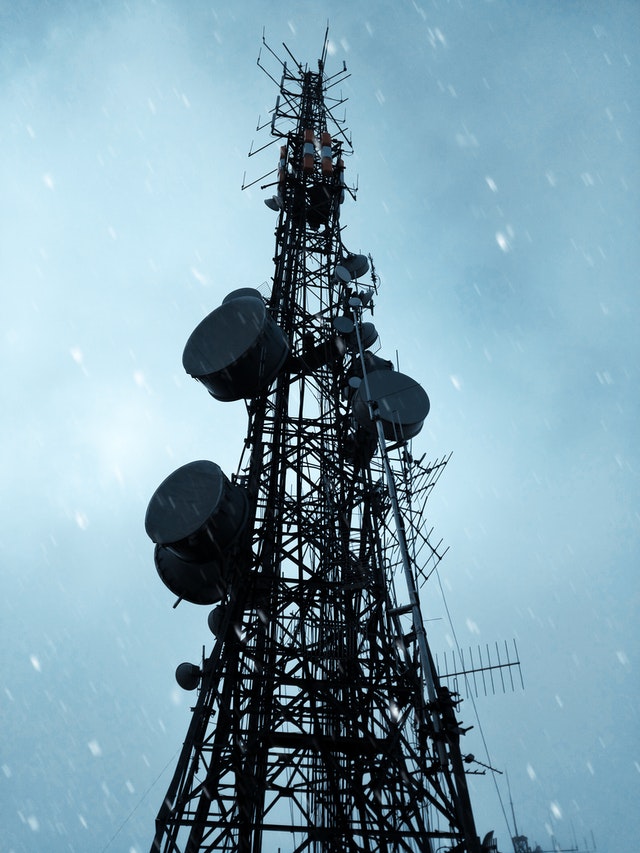What is the first step to take when deciding on the right antenna to use for your wireless service or mobile device? You need to have basic knowledge about 4G antennas. While it follows the same principles as that of 3G, several important factors come into play when it comes to using this type of connectivity.
Basic understanding of the details and specific concepts surrounding the 4G network is of paramount importance. While this type of connectivity comes in many different types, you need to take into account these things first before making any decision to have one.
This type of antenna is intentionally designed in such a way they are in line with the same basic principles of a 3G antenna, that is as far as installation and other functions are concerned.

4G connectivity is still considered a fairly new technology because its specifications are yet to be outlined by the ITU-R or the International Telecommunications Union. This inevitably creates gray areas or uncertain aspects when it comes to assessing 4G network performance and availability, even during this time that there is an observable spike of 4G networks that are slowly made accessible through wireless carriers.
If there is something we can concern ourselves about with regard to 4G connectivity, it has something to do with what exactly makes it up, what comprises it. Or the trouble encountered by many is that if there is indeed real 4G network available for them in their region which they can take advantage of to integrate a 4G type of antenna.
The second most pressing concern will depend on whether the existing 4G network found is indeed capable of supporting an authentic 4G type of connectivity.
While the ITU-R carries on in its work of putting a structure on the actual 4G specifications, the closest thing so far to a 4G network would be LTE and WiMAX. These connectivities are usually being referred to as 4G networks. This only goes to show that 4G antennas are identified with WiMAX and LTE antennas.
Therefore, if you are on a lookout for a 4G type of antenna, you can take into account product offerings from manufacturers that describe their items with these terms, WiMAX or LTE.
There is a great deal of manufacturing bodies that deal with the production of 4G antennas, and this immense amount of available choice in the market is making it difficult for consumers who naturally want to find the product that offers them the best value.
It is also vital that your choice of antenna is somehow compatible with your current wireless carrier’s service. With that, you also need to ensure that it is in line with the frequency they use, otherwise, they will not be able to deliver your expected service.
For instance, on the assumption that you have a wireless carrier that is utilizing WiMAX, this goes to show that their standard delivery will be 802.11. This is the standard for wireless connectivity as designated by the Institute of Electrical and Electronics Engineers and is intended for use by the wireless LAN or local area network technologies.
When you shop around for a 4G type of antenna, bear in mind what your real purpose is. This is one effective measure that will help you find the best value in any product because it is in line with your requirement. Aside from compatibility with your current wireless carrier and aiming for optimal performance, these types of antennas can be used for different purposes.
